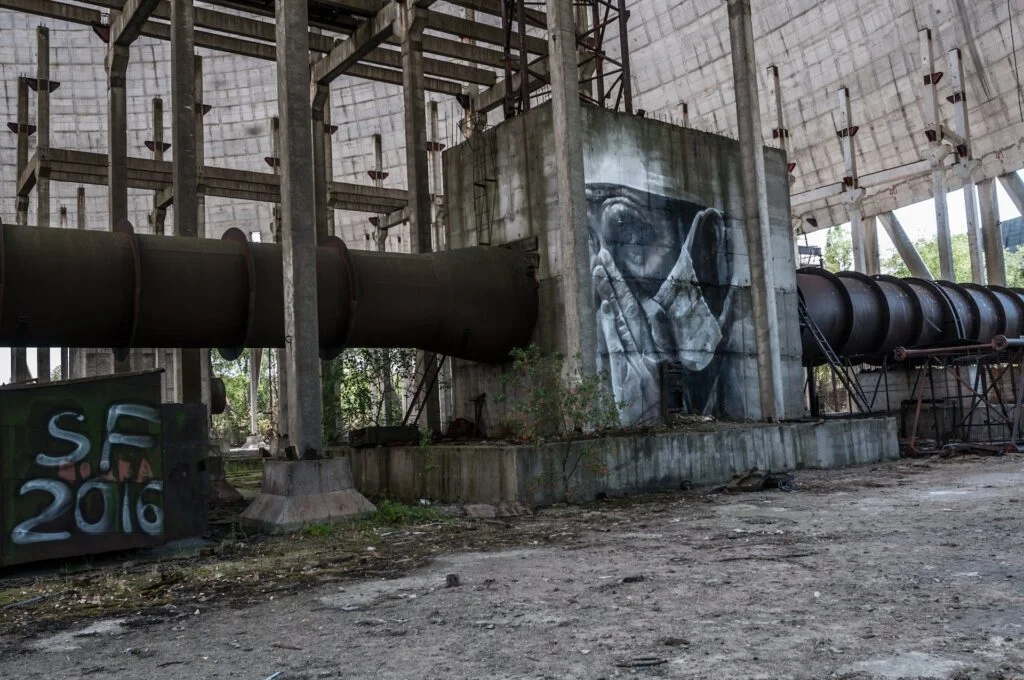Innovations in Pipeworks for Renewable Energy Systems
As the world increasingly turns toward renewable energy sources to combat climate change and reduce reliance on fossil fuels, innovations in pipeworks play a crucial role in facilitating the efficient and effective distribution of renewable energy resources. From transporting biogas and geothermal fluids to distributing solar thermal energy and beyond, advancements in pipework technologies are essential for maximizing the potential of renewable energy systems. In this article, we’ll explore some of the latest innovations in pipeworks specifically tailored for renewable energy applications.
Geothermal Pipework Systems
Geothermal energy, derived from heat stored beneath the Earth’s surface, is a promising renewable energy source with significant potential for providing sustainable heating and cooling solutions. Innovations in geothermal pipework systems have focused on enhancing heat transfer efficiency and durability. One notable advancement is the development of high-density polyethylene (HDPE) pipes with enhanced thermal conductivity coatings. These pipes efficiently transfer heat from geothermal fluids to heating or cooling systems, maximizing energy extraction while minimizing heat loss.
Biogas Collection and Distribution Pipelines
Biogas, produced from organic waste through anaerobic digestion, is a renewable energy resource that can be utilized for electricity generation, heating, and transportation fuels. Advanced pipework systems are crucial for collecting biogas from digesters and efficiently transporting it to end-users. Innovations in biogas pipeworks include the use of corrosion-resistant materials such as stainless steel and composite polymers, as well as automated monitoring and control systems to optimize gas flow and minimize leakage.
Solar Thermal Pipework Networks
Solar thermal energy systems harness sunlight to generate heat for various applications, including space heating, water heating, and industrial processes. Pipework innovations in solar thermal systems focus on optimizing heat transfer and system integration. For instance, vacuum-insulated pipes with highly reflective internal surfaces minimize heat loss during transport, while modular pipework designs enable scalable and adaptable system configurations to meet diverse energy demands.
Hydrogen Pipelines for Renewable Energy Storage
Hydrogen, produced through electrolysis using renewable electricity, holds immense potential as a clean energy carrier for long-term energy storage and transportation. Pipework innovations are critical for establishing safe and efficient hydrogen distribution networks. Advanced pipeline materials, such as high-strength alloys and polymer composites, ensure the integrity and reliability of hydrogen transportation infrastructure. Additionally, innovative pipeline monitoring technologies, including distributed fiber optic sensors and remote leak detection systems, enhance safety and operational efficiency.
Biomass Feedstock Handling and Processing Pipelines
Biomass, derived from organic materials such as wood, agricultural residues, and energy crops, can be converted into renewable fuels, heat, and electricity through various processes like combustion, gasification, and pyrolysis. Pipework innovations in biomass energy systems focus on streamlining feedstock handling and processing operations. Flexible pneumatic conveying systems enable efficient transport of biomass materials from storage facilities to processing plants, while robust pipework designs withstand the abrasive nature of biomass feedstocks.
Wave and Tidal Energy Transmission Pipelines
Wave and tidal energy, generated from the kinetic energy of ocean currents and waves, offer a predictable and abundant source of renewable power. Pipework innovations in marine energy systems are essential for transmitting electricity from offshore wave and tidal farms to onshore grid connections. Subsea power cables, protected by durable pipelines, ensure reliable energy transmission while minimizing environmental impact. Advanced pipeline installation techniques, such as horizontal directional drilling, enable efficient deployment in challenging marine environments.
Innovations in pipeworks are driving the advancement of renewable energy systems by enhancing efficiency, reliability, and sustainability across various applications. Whether it’s optimizing heat transfer in geothermal systems, improving gas collection in biogas facilities, or ensuring the safe transportation of hydrogen, advanced pipework technologies play a pivotal role in unlocking the full potential of renewable energy resources. As the transition to a low-carbon future accelerates, continued research and development in pipework innovations will be essential for building resilient and scalable renewable energy infrastructure.






